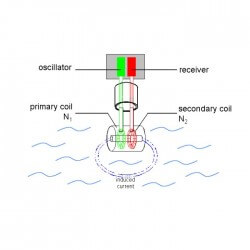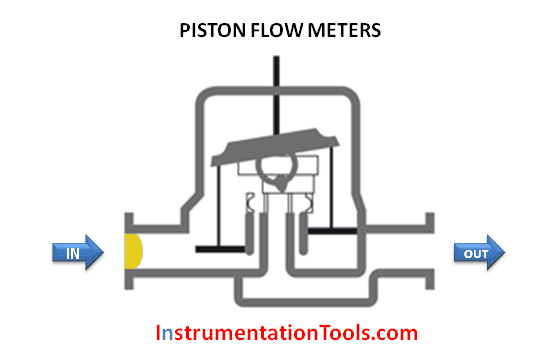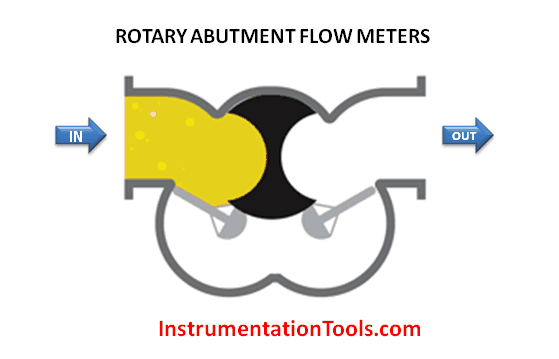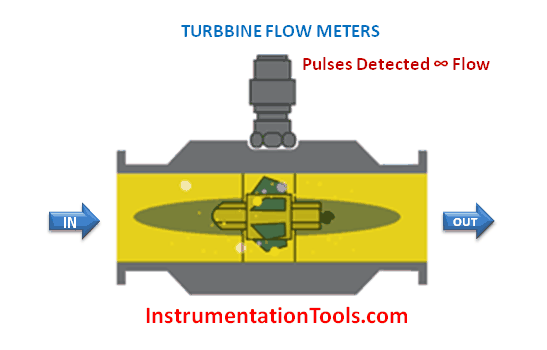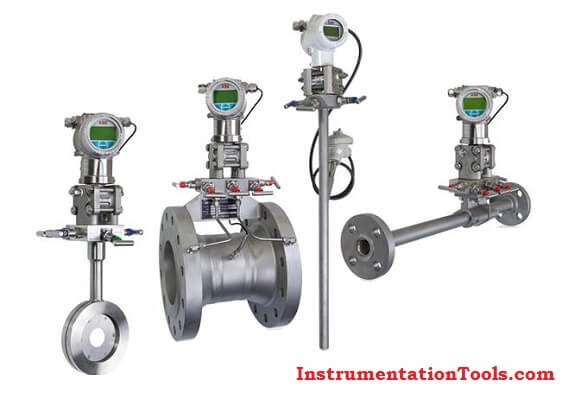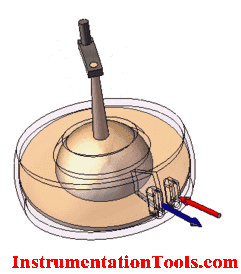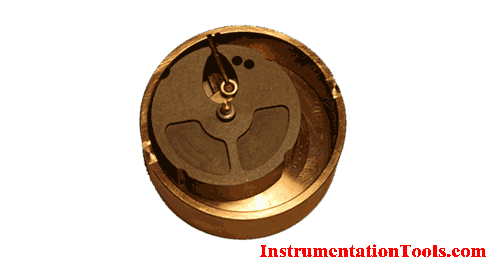How to Select a Flow Meter
Selecting Magflow Flow Meters he main questions which need to be considered before selecting a magnetic flow meter: - Is the fluid conductive or water based? - Is the fluid…
How to Select a pH or ORP Meter
pH is a measure of the acidity or alkalinity of a solution, numerically equal to 7 for neutral solutions, increasing with increasing alkalinity and decreasing with increasing acidity. The pH…
How to Select a Conductivity Meter
Conductivity Electrode / Sensor & Instrument Selection Guide Conductivity is a measure of the ability of a fluid to conduct an electrical current. In water this ability is due to…
Piston Flow Meters Working Principle with Animation
Piston flow meters operate by a piston moving within a chamber of known volume. Piston meters are used for low volume flow measurements.
Rotary Abutment Flow Meters Working Principle and Animation
Rotary Abutment Flow Meters are another form of positive displacement flow meter. They have a wide viscosity range and maintains accuracy too.
Turbine Flow Meters Animation
Turbine flow meters use the rotation of a rotor within a flow tube to measure the flow of liquid. These are ideally suited for low viscosity liquids.
Oval Gear Flow Meters – Principle, Advantages, Animation
Oval Gear Flow Meters are a type of positive displacement meter. As liquid flows through the meter, a pair of oval shaped gears are forced to rotate.
Short Notes on Differential Pressure Flow Meters
In Differential Pressure Meters, obstructing flow is used to create a pressure drop. The flow rate is calculated using Bernoulli's principle.
Nutating Disc Flow Meters Working Principle
In Nutating disc flow meters, When fluid enters the chamber, it causes the disc to rotate and this is used to measure flow rate.
Oscillating Piston Flow Meters Working Principle
Oscillating piston flow meters use a precision machined chamber containing a cylindrical piston that oscillates as liquid flows.


